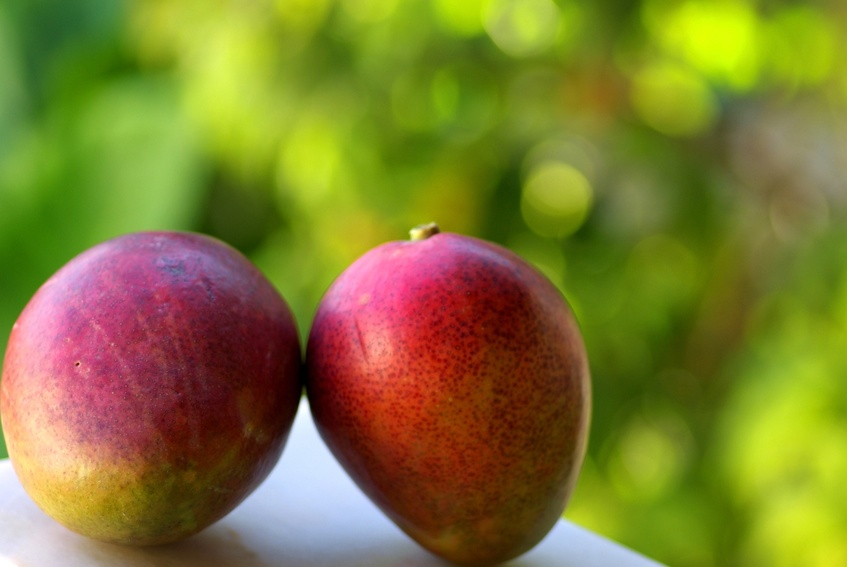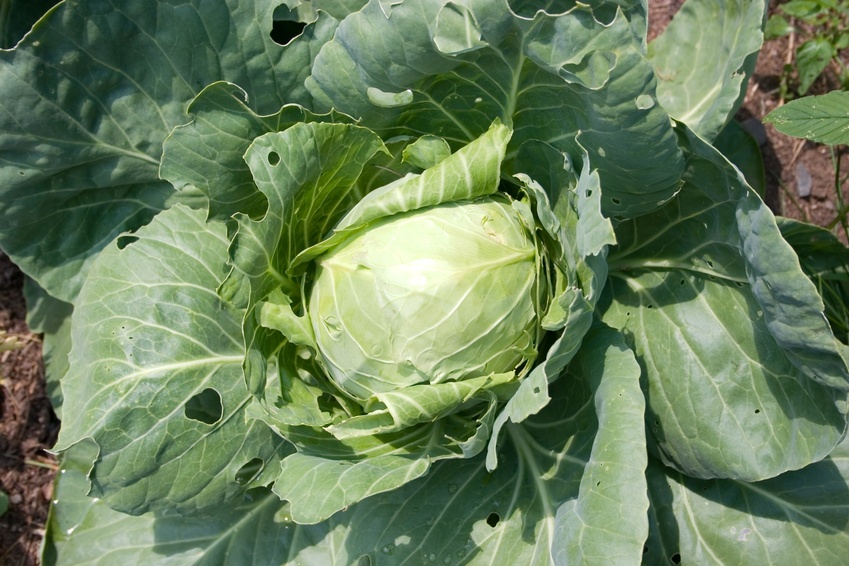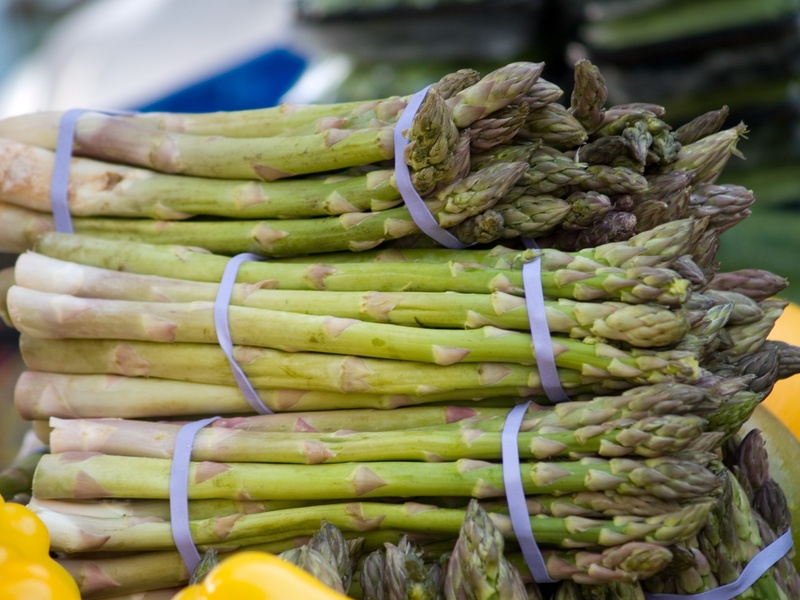
Chris, at Mele Cotte, is sponsoring her second annual Cooking To Combat Cancer event. When I randomly stumbled across her blog and read her story, I knew immediately that I wanted to get involved. I’m a nutrition therapist, how could I pass up an excuse to push my “food to support healing” mantra on others? Plus, it’s for a good cause. And who hasn’t been touched by cancer in one way or another? I imagine we all have.
Research suggests that eating lots of fruits and vegetables may provide protection against cancer. Not only that, but a diet of fresh, organic whole foods boosts immune function and helps the body combat cancer. Preventive, protective, and healing!
Let food be thy medicine and medicine be thy food, as Hippocrates so aptly put it bazillions of years ago.
Mango trivia
The mango is a luscious, juicy, drippy tropical fruit native to Southern and Southeast Asia, but can also be found in Central and South America and Africa. Its wild ancestors originated in the Himalayan foothills (I love that). One of the top fruit crops on the planet, more mangoes are consumed worldwide than apples. Surprised? Here’s another bit of surprising trivia – the mango is a cousin to pistachios and cashews, but has the largest seed in the fruit kingdom. The wide, flat seed is almost as long and wide as the fruit.
Mango nutrition
According to Dr. Sue Percival, nutrition and immunity specialist at the University of Florida’s Institute of Food and Agriculture Science, mangoes contain potent antioxidants that inhibit cancer formation by protecting cells from free-radical damage. Although Dr. Percival’s research was conducted using cells from mice, dietary analysis of gallbladder cancer patients and mango consumption showed similar findings. Low in calories and high in fiber, mangoes also contain beneficial pytochemicals and a number of enzymes that enhance digestion and protect against intestinal infections.
Mango allergies
Although rare, some people who are highly reactive to certain foods, may respond to mangoes as well. So, if you have food allergies, introduce them slowly and monitor for allergic responses.
Now that we know mangoes are healthy foods for everyone, cancer patients especially, I thought I’d feature a recipe combined with another amazing health-promoting food – cilantro.
Mango and cilantro salsa
what you need
1 ripe mango, peeled and diced
1/4 cup chopped scallion, green part only
1/4 cup chopped cucumber
1 tablespoon finely diced fresh jalapeno (you can omit this if you don’t like spicy)
1 tablespoon chopped fresh cilantro
1 small garlic clove, finely diced
1 tablespoon freshly squeezed lime juice
1/4 teaspoon sea salt
1/2 teaspoon extra-virgin olive oil
what you do
Mix gently and serve with salmon, crackers, or whatever your heart desires. Yum!
Enjoy in good health!
Melissa
Disclaimer: All material on this website is provided for informational and educational use only and should not be used for diagnostic purposes. Consult with your physician regarding any health or medical concerns you may have.















